How To Cope With Wet Soils and Gardens
If you constantly find yourself battling a soggy, wet garden, you're likely wondering what you can do about it. This blog outlines some ideas that can help.
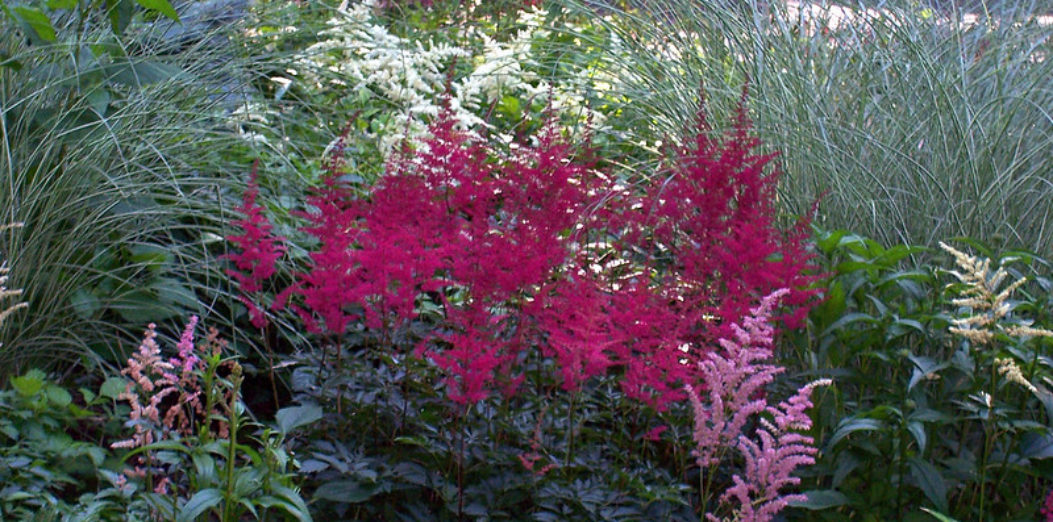
If your garden is often soggy and wet, it’s probably caused either by the existence of a high water table or by compacted soil leading to poor drainage – or quite possibly both. Any prolonged periods of rain will obviously then compound the problem. So what can you do about this? First of all, try and find out what’s causing the problem.
Coping with a High Water Table
A garden does not necessarily have to be low lying to have a high water table. Local topography plays a part, along with a number of other factors. If you live somewhere with a high water table, drying out your garden can be slightly problematical. To say the least. There are two main solutions here.
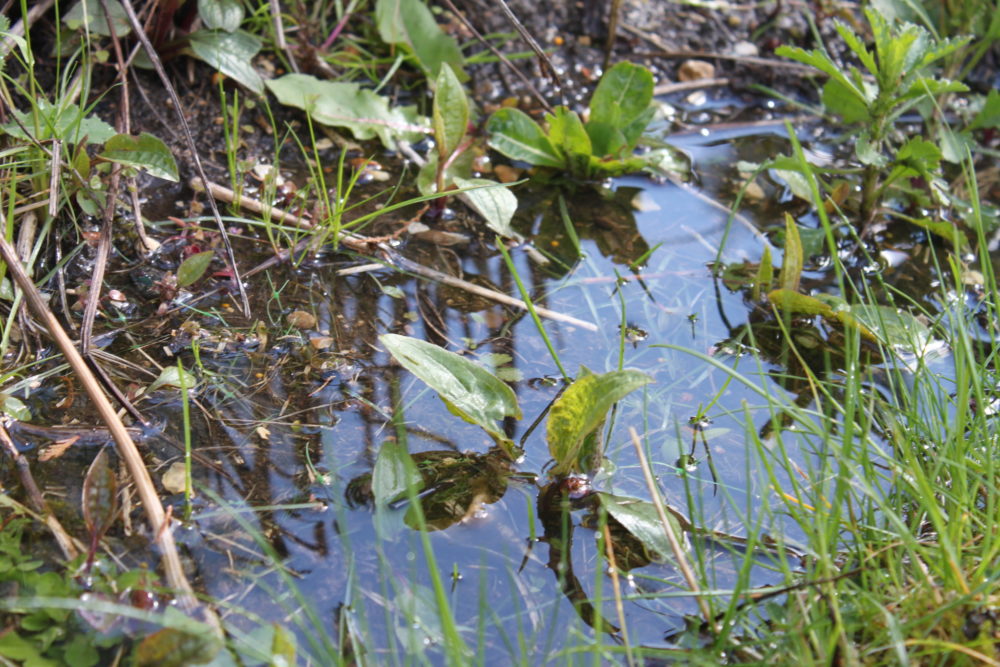
Solution 1: Install a land drainage system
Installing land drains is often the best, or indeed, the only real solution. (For more information on this, see our blog on land drainage systems here.)
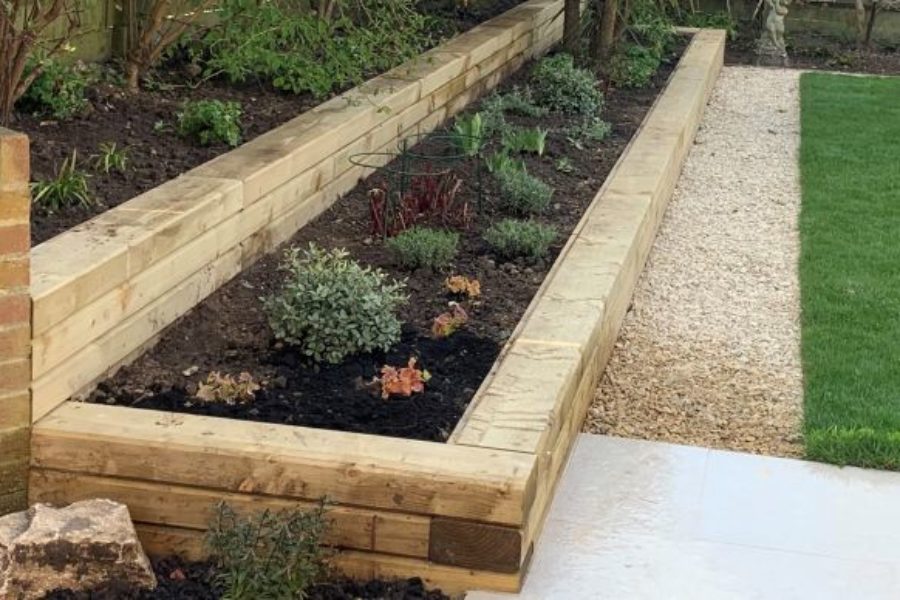
Solution 2: Raise your garden
But what if installing land drains is impractical? Land drains of course have to drain the water off to somewhere and there isn’t always a “somewhere” to drain the water to.
If land drains aren’t an option, another way of coping with wet soil caused by a high water table is to raise some of the garden. The simplest approach would be to build a few raised beds for plants to grow in. Or you might consider bringing in soil and lifting a whole section of the garden out of the wet – although there are obvious cost implications here.
Coping with Compacted, Poorly Draining Soil

In the case of soil compaction and poor drainage, the problem can be alleviated – partially at least – by improving the soil structure. This is particularly the case with the heavy clay soils that are found in much of ALDA-land!
Try the following:
- Dig the soil over (when not too wet) to de-compact and allow more air in.
- Add plenty of organic matter.
- Perhaps add sharp sand and grit. But note – sand and grit may help but are not as effective as organic matter, and tend to make the soil extremely heavy to work with.
Plants that Like Wet Soil
If all else fails, then perhaps the best solution is to grow plants that will cope with the wet conditions for prolonged periods (although not many plants like to be permanently submerged). There are many plants to consider, but here a few ideas to get you started:
Trees
Alder, Liquidambar styraciflua, Sorbus
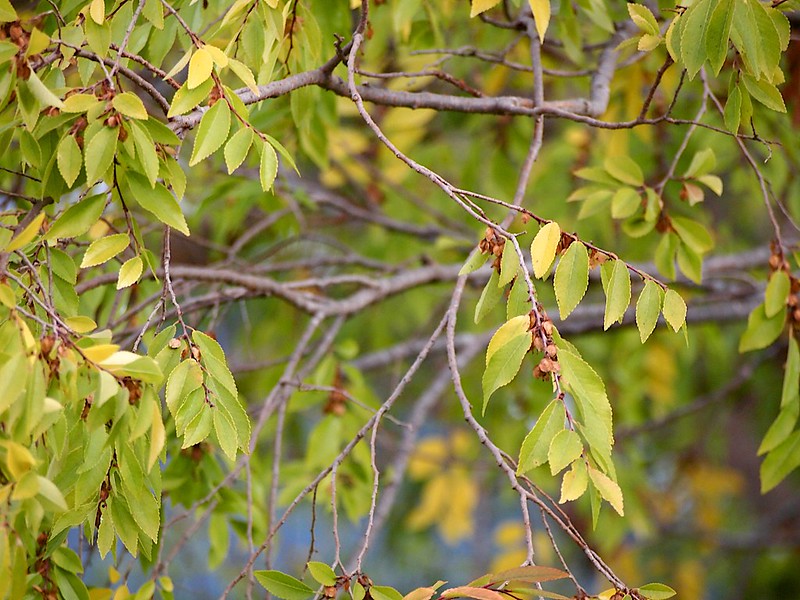
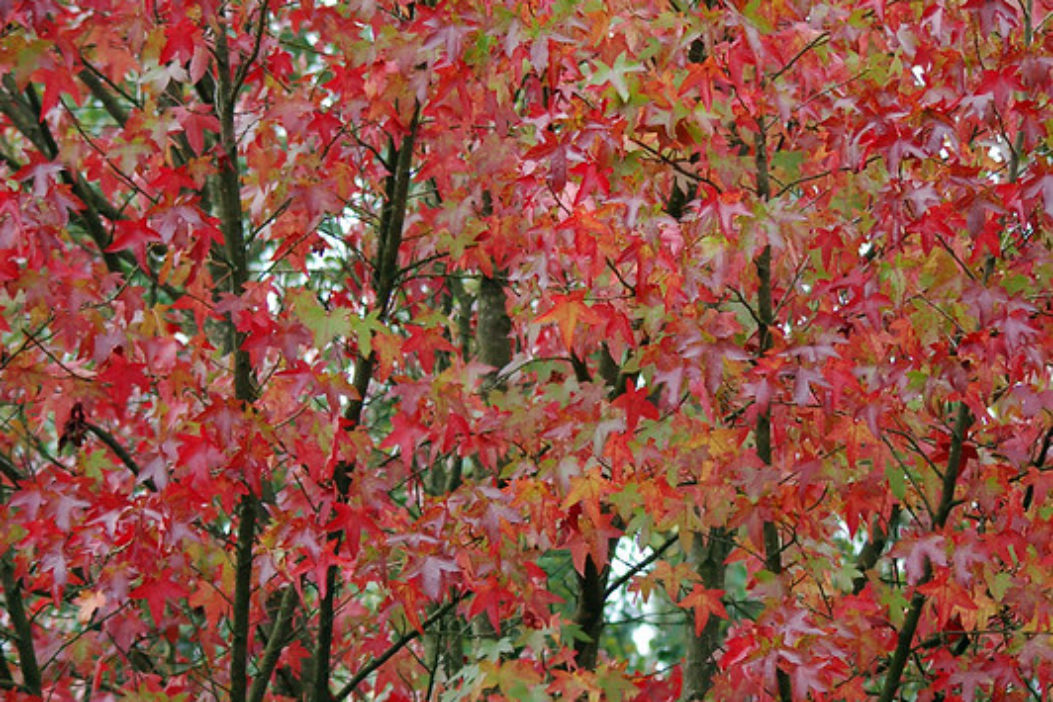
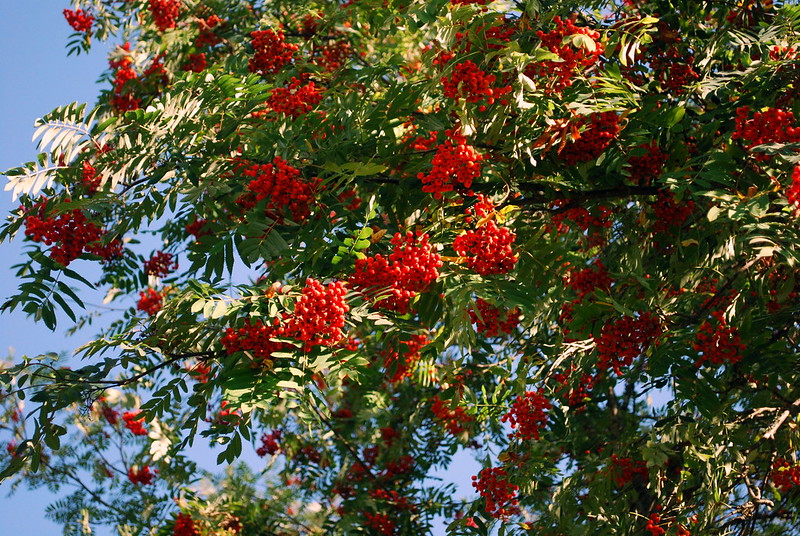
Shrubs
Cornus alba, Hydrangea, Sambucus, Kerria, Weigela
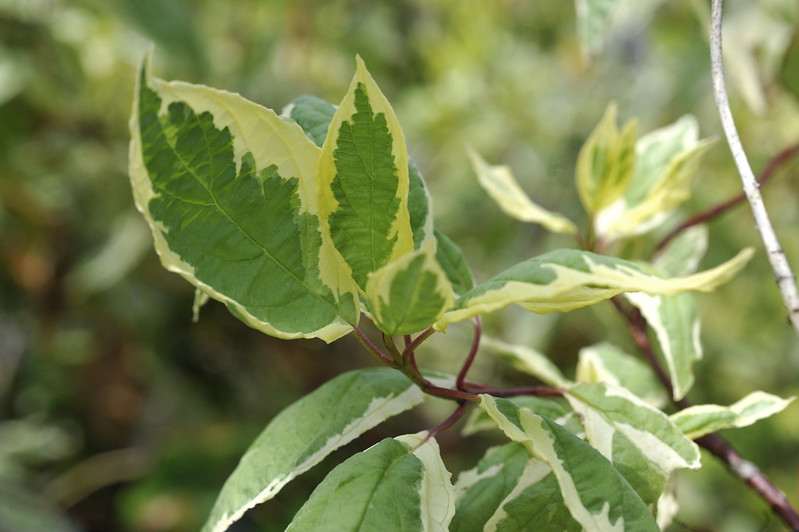
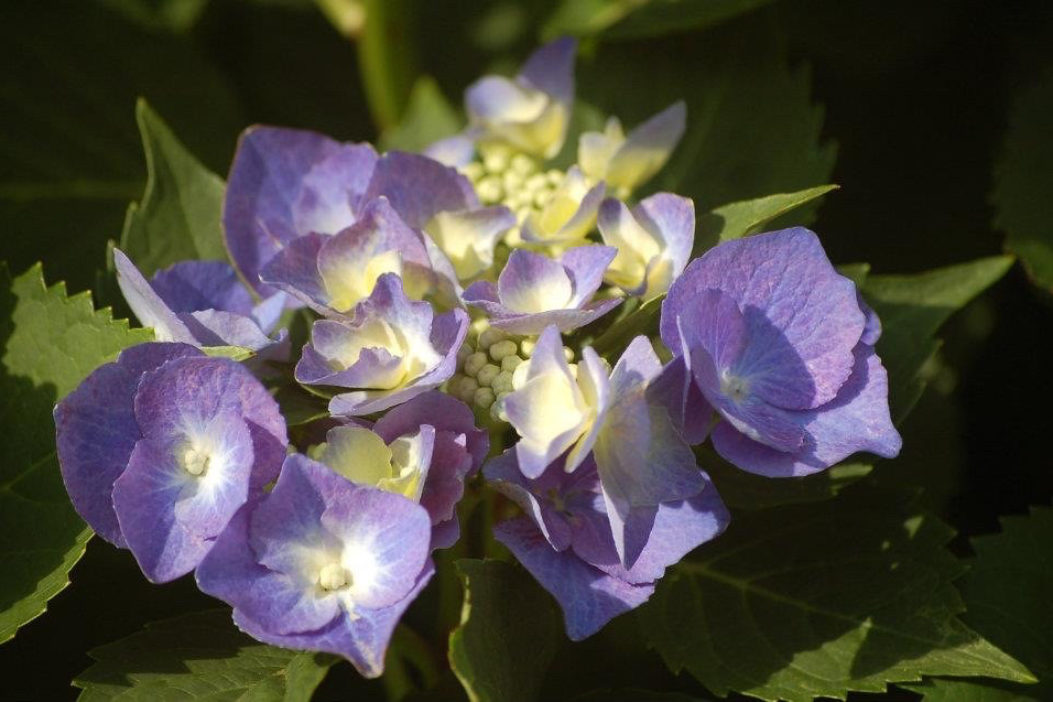
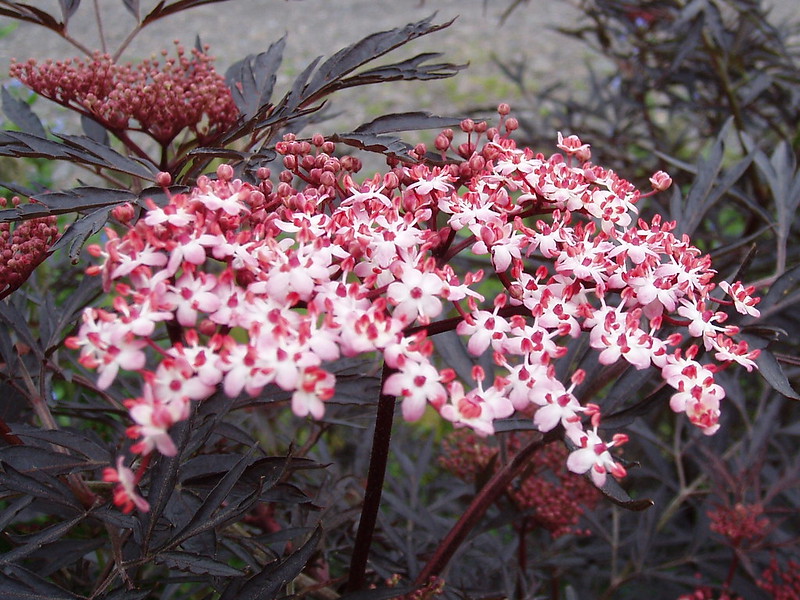
Bamboos and Grasses
For example Phyllostachys and Carex
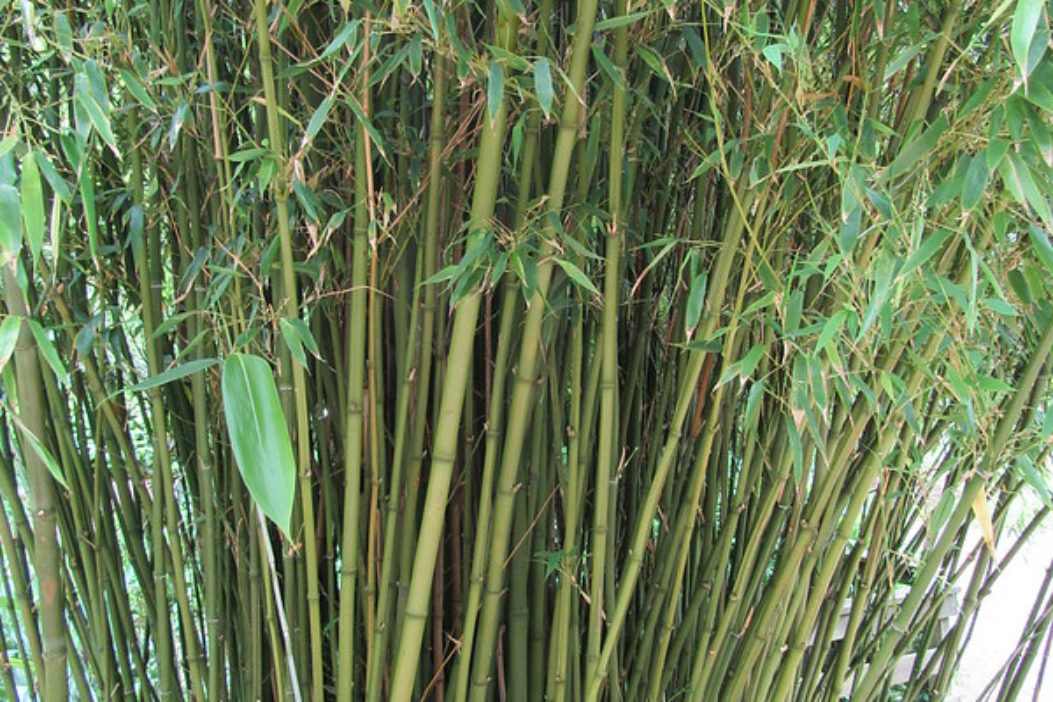
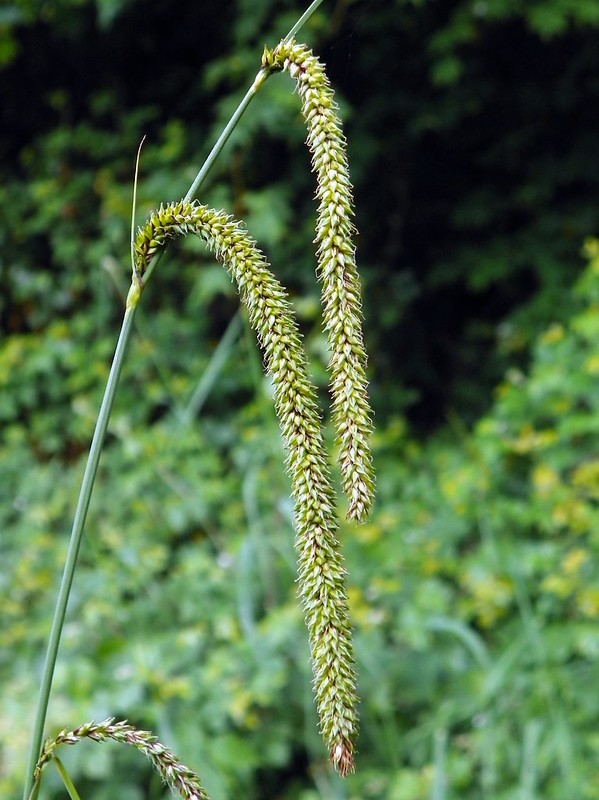
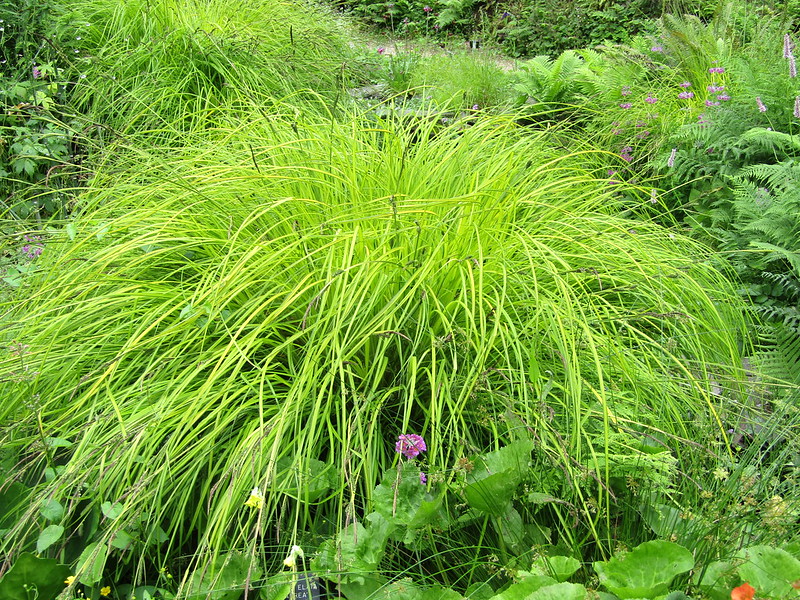
Perennials:
Hosta, Zantedeschia, Astilbe, Iris (not germanica types), Rodgersia, Primula (some), Lobelia cardinalis, Lysimachia, Rudbeckia, Persicaria, Ligularia, Astrantia, Helenium, Actaea.
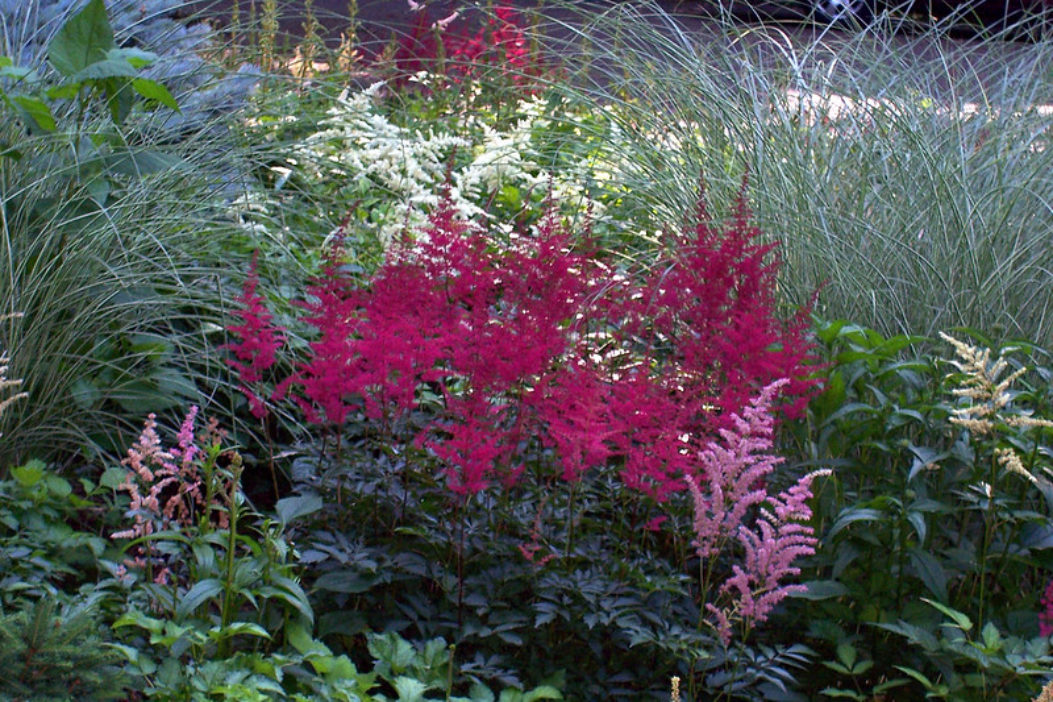
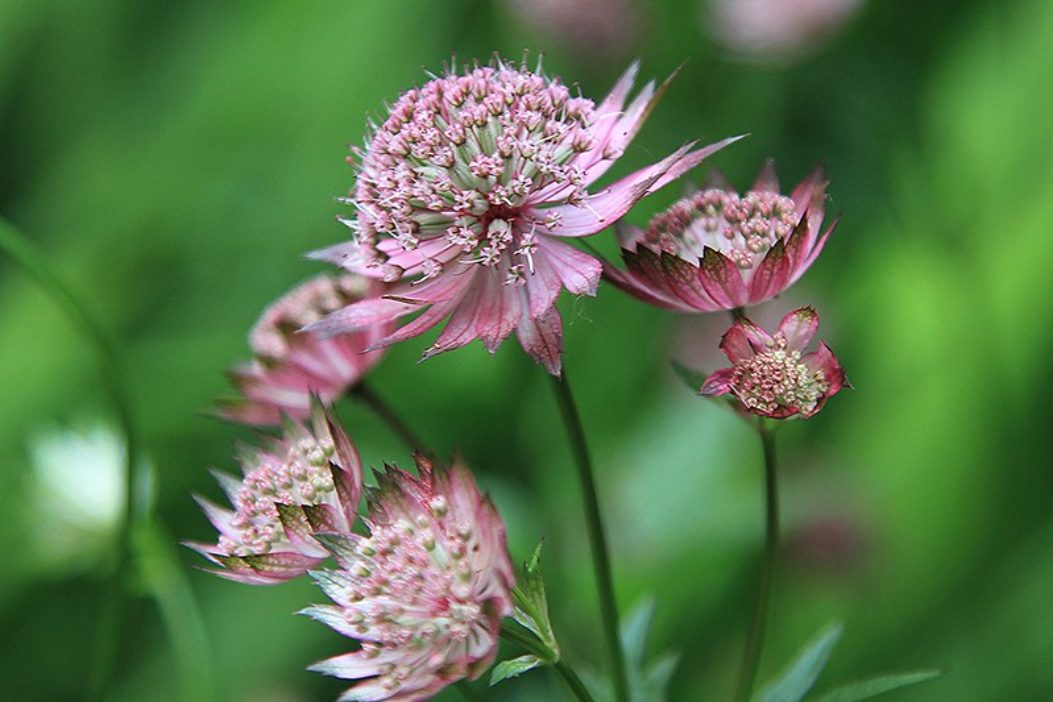
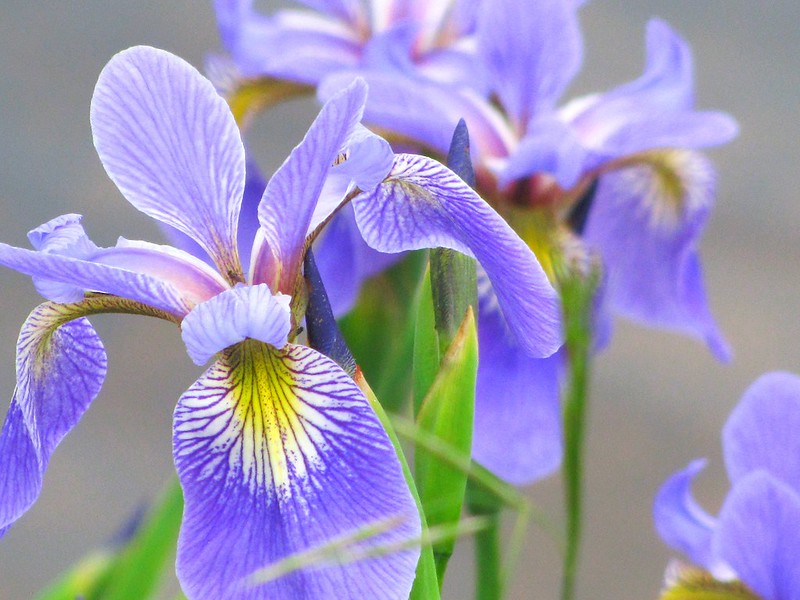
And some plants to definitely avoid (i.e. those needing good drainage):
- Most alpines
- Lilies
- Phormiums & Cordylines
- Hebes
- Grey leaved “Mediterranean” plants e.g. Lavender
De-compacting soil after heavy rain (even if you have a normally dry garden)
Of course, most gardens will become saturated after very long periods of rain. Heavy rain will compact the soil, sometimes leaving an almost impermeable “pan” on the surface; it will also leach out a lot of nutrients. So, once the garden has dried out, give the garden a much needed helping hand by first de-compacting the soil as described above, and then giving the borders a feed with a general purpose fertiliser to replace lost nutrients.
Photo credits:
“Astilbe” by hartjeff12 is marked with CC BY 2.0; “Compost 06/08/2007” by suavehouse113 is marked with CC BY 2.0; “PB192030 alder tree 20131119” by Pussreboots is marked with CC BY 2.0; “Autumn Leaves (Liquidambar Styraciflua)” by Rob Young is marked with CC BY 2.0; “Rowan berries” by Dave_S. is marked with CC BY 2.0; “Cornus alba ‘Cream Cracker’” by MeganEHansen is marked with CC BY-SA 2.0; “Hydrangea lacecap purple” by Michele Dorsey Walfred is marked with CC BY 2.0; “Sambucus Nigra ‘Black Lace’” by amandabhslater is marked with CC BY-SA 2.0; “Phyllostachys nigra var. henonis” by wallygrom is marked with CC BY-SA 2.0; “Pendulous Sedge (Carex pendula) female spikes” by Peter O’Connor aka anemoneprojectors is marked with CC BY-SA 2.0; “Carex elata ‘Aurea’” by wallygrom is marked with CC BY-SA 2.0; “Astilbe” by hartjeff12 is marked with CC BY 2.0; “Astrantia 4” by cvtperson is marked with CC BY-SA 2.0; “Blue Flag Iris” by Friends of Seney National Wildlife Refuge is marked with CC BY-SA 2.0